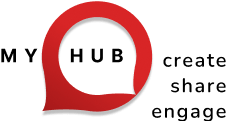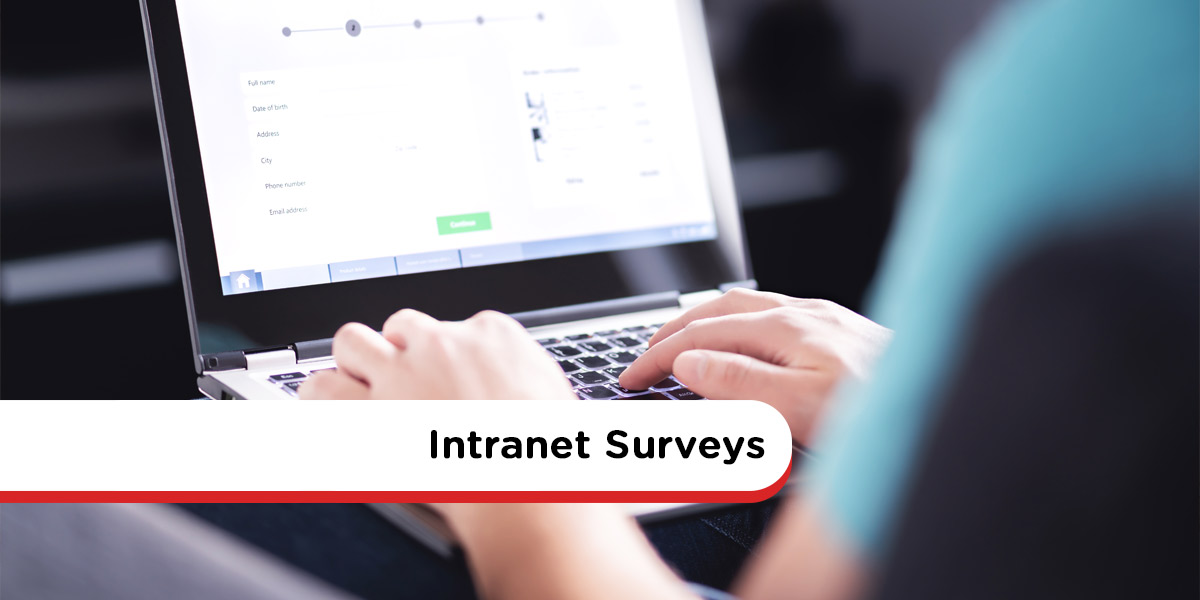All-in-one staff websites that bring together the tools, documents, and resources employees need are now mission-critical for business efficiency. Also known as intranets, these centralized platforms ensure staff can communicate, collaborate, and connect seamlessly from one unified hub. Say goodbye to all-staff emails, overloaded shared drives, and juggling multiple apps. Sound like a pipedream? Thanks to modern intranet technology, it’s now easily achievable, even for tech novices and small businesses with limited resources.
However, to create a truly effective employee intranet, it must be designed with people in mind. If the platform doesn’t meet your staff’s everyday needs, chances are it won’t gain widespread adoption.
Here at MyHub, we’ve helped hundreds of businesses set up successful staff websites. Through this experience, we’ve identified the key features that truly make a difference.
Here are the top 17 must-have intranet features to build a powerful employee site:
1. Team And Company-Wide Newsfeeds
Real-time company news is essential for keeping employees engaged and informed. Newsfeeds foster a strong company culture and ensure everyone is on the same page.
Let employees personalize their newsfeeds based on interests or departments. Use multi-media, videos, infographics, and images, to make announcements more engaging. Encourage interactivity with options to like, comment, or share, and sync updates with a company calendar to highlight deadlines and events.
2. Business Instant Messaging
Instant messaging (IM) keeps hybrid and distributed teams connected. It’s fast, intuitive, and comes with social features your team already knows, like @mentions, #channels, and real-time presence indicators.
Team chat allows for both public and private conversations, instant file sharing, and a powerful search to locate old messages. Whether it’s resolving customer issues or making quick decisions, IM ensures rapid, effective communication, inside and outside the office.
3. Staff Profiles
Employee profiles help new hires and colleagues quickly connect names with faces, job roles, and expertise. These aren’t just digital business cards, they showcase knowledge, highlight team contributions, and support cross-department collaboration.
Include fun details like hobbies and achievements to boost social connections and strengthen workplace culture.
4. Centralized Information Hub
Your intranet should serve as a single source of truth for documents, policies, and procedures. Having everything stored in one place reduces errors, saves time, and improves compliance.
Tag and organize content effectively for better searchability. Regularly review and update materials to ensure accuracy and relevance. Learn more in our guide to intranet search best practices.
5. Automated Requests & Approvals
Digital approval workflows streamline routine processes like time-off requests or expense approvals. Automation cuts paperwork, reduces delays, and eliminates human error.
Set up routing rules and status notifications so both requesters and managers can track progress in real time.
6. Discussion Forums
Intranet forums give employees a voice. Use them for feedback, innovation, cross-functional collaboration, or just day-to-day Q&A.
Whether department-wide or project-specific, forums promote engagement and knowledge-sharing across the organization.
7. Project Workspaces
Dedicated project areas allow teams to brainstorm, share updates, and collaborate in real time, even across different locations or time zones. These private spaces are ideal for tracking deliverables, sharing insights, and staying aligned on goals.
8. Surveys
Intranet surveys are a powerful tool for measuring employee sentiment, gathering feedback, and guiding decisions. They’re easy to create and far more affordable than external consultants.
Use surveys for annual engagement tracking, quick polls, or to test reaction to new initiatives like wellness programs or communication tools.
9. Quizzes
Interactive quizzes can lighten the mood or support structured learning. Use them as icebreakers in meetings or as training assessments during onboarding and upskilling programs.
10. Learning And Development Portal
Employee training and development is a strategic asset. A learning portal embedded in your intranet makes it easy for staff to access training resources, whether it’s eLearning, in-person workshops, or compliance programs.
Track participation and progress, and maintain a digital record for audits or performance reviews. Explore more about corporate training solutions here.
11. Integration With Enterprise Apps
Most organizations rely on tools like Microsoft 365, Google Workspace, or CRMs like Salesforce. Your intranet should offer single sign-on (SSO) and smooth integration with these tools.
This ensures a unified digital experience, boosts productivity, and reduces the hassle of logging into multiple platforms with separate credentials.
12. Smart Search
Every best-practice intranet must include a powerful smart search feature. Think of it like navigating the web without Google, frustrating and inefficient. A robust, intelligent search engine helps employees find exactly what they need, when they need it.
Ensure the intranet search bar is easily accessible on every page. Add filters for tags, authors, dates, and topics, and include quick content previews. This enhances usability, reduces time wasted hunting for documents, and significantly improves productivity. Ultimately, smart search functionality boosts adoption by delivering a smooth user experience.
13. Centralized Onboarding
Getting new hires up to speed quickly is a top HR priority. A centralized onboarding hub within your intranet streamlines the entire process and ensures consistency.
New employees can access essential documents, complete digital forms, explore company policies and procedures, and get to know their coworkers through employee profiles. A structured and engaging onboarding journey improves early engagement and accelerates time to productivity.
14. Knowledge Management
Knowledge sharing is one of the most valuable assets in any business. Yet research shows employees spend up to six hours a week hunting for information or recreating existing resources. That’s time, and money, lost.
Intranets support effective knowledge management through tools like forums, wikis, blogs, searchable archives, and newsfeeds. When used together, these features ensure institutional knowledge is captured, centralized, and made easily accessible to the people who need it.
15. Employee Recognition
Recognition is a key driver of employee engagement. Whether it’s a shoutout in the newsfeed or a dedicated #shoutout channel, public appreciation boosts morale and motivation.
Studies show that lack of recognition is one of the top reasons employees leave jobs. Your intranet is a perfect place to highlight achievements, celebrate milestones, and say thank you, helping foster a culture of appreciation and increasing retention.
16. Mobile-First Design
Remote work is now the norm, not the exception. A mobile-first intranet design ensures your platform is accessible, responsive, and fully functional on any device, whether it’s a smartphone or tablet.
Menus should be streamlined, finger-friendly, and optimized for touchscreens. Use large buttons, scannable layouts, and fonts that are legible on small screens. For the best experience, consider offering a dedicated mobile intranet app to give employees seamless access on the go.
17. Incorporate Fun And Social Elements
Intranets don’t have to be all work and no play. Injecting fun and social intranet features builds team spirit and enhances workplace culture.
Celebrate birthdays, share weekend plans, create a recipe exchange, or start a #timeout channel for casual conversations. Gamify usage with leaderboards or monthly engagement rewards. Add social-style messaging tools like emojis, polls, or photo galleries to make the platform feel familiar and friendly.
Fun features do more than entertain, they humanize your workplace, encourage regular logins, and help reduce feelings of isolation in remote teams.
Ready to build a better employee website? MyHub’s user-friendly cloud intranet solution is trusted by organizations around the world. Whether you’re a growing business or a large enterprise, we’ll help you create an intranet that works for everyone. Book your free demo or start a 14-day trial today.
FAQ Section
What’s the difference between an intranet and a website for employees?
An intranet (employee website) is a secure, internal platform combining collaboration tools, company info, and social features tailored for staff—unlike public websites, it’s private and focused on internal engagement.
What key features should every employee intranet include?
Crucial elements are core communication tools (newsfeeds, IM, staff profiles), knowledge resources (files, SOPs, L&D), productivity features (search, approvals, project spaces), plus mobile access and social/gamification layers.
How can organizations ensure employees actually use their intranet?
Prioritize a people-focused design: offer personalization, mobile convenience, timely content, and social interaction. Maintain adoption by including recognition tools, mobile support, integrations, and periodic updates.




